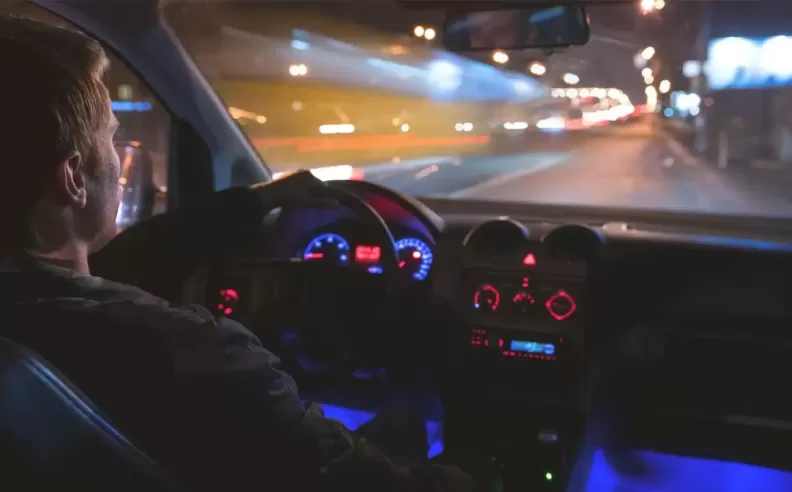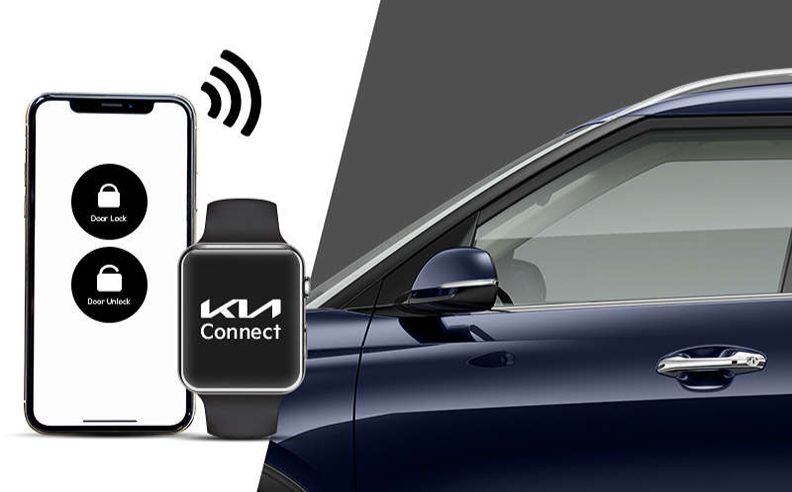
Many crucial professions require long hours behind the wheel, from truck drivers ensuring timely deliveries to healthcare professionals rushing to aid those in need. However, fatigue is an ever-looming danger, threatening not only the drivers themselves but also everyone sharing the road. The repercussions of drowsy driving can be as severe as those of driving under the influence of alcohol, with research indicating that 24 hours of sleep deprivation can result in impairment levels comparable to a blood alcohol concentration (BAC) of 0.10%, well above the legal limit.

In combating this peril, driver drowsiness detection systems have emerged as invaluable tools. These systems serve as a critical component of Advanced Driver Assistance Systems (ADAS), a suite of technologies designed to enhance driving safety and minimize human error on the roads. While ADAS encompasses various features like blind-spot warnings and automatic emergency braking, drowsiness detection stands out for its ability to prevent accidents arising from microsleep, fatigue, and loss of attention.
The mechanics behind these systems are sophisticated yet intuitive. Utilizing cameras, eye-tracking sensors, and other hardware, they monitor an array of visual cues indicative of drowsiness. Factors such as yawning frequency, eye-blinking patterns, eye-gaze movement, head movement, and even facial expressions are analyzed to gauge the driver's alertness level. Moreover, driving input behaviors, including erratic steering, pedal use, and lane deviations, are scrutinized for further insights into the driver's state.
Central to these systems is the calculation of a "tiredness index," which considers various parameters such as vehicle speed, time of day, and weather conditions. Once a potential risk of drowsiness is detected, the system intervenes by issuing audible alerts or vibrating the steering wheel or seat to prompt the driver to take corrective action, such as resting or taking a break.
Notably, different automobile manufacturers have adopted their own iterations of driver drowsiness detection systems, each branded with unique names like Mercedes-Benz's "Attention Assist," Land Rover's "Driver Condition Monitor," or Volvo's highly successful "Driver Alert." These systems boast impressive success rates, underscoring their effectiveness in mitigating the dangers posed by drowsy driving.
Beyond built-in vehicle systems, standalone devices offer additional layers of protection against driver fatigue. Products like the "Anti-Sleep Pilot" employ advanced algorithms to assess a driver's fatigue levels based on various physiological parameters, providing real-time alerts to prevent potential accidents. Wearable technologies, including caps, vests, wristbands, and eyewear, offer discreet monitoring of driver alertness, particularly beneficial for professional drivers like truckers.
Despite the advancements in drowsiness detection technology, privacy concerns surrounding camera-based monitoring persist, leading to the exploration of alternative solutions. Innovations like the "Vigo" headset, which analyzes head movements to detect nodding off, offer a less intrusive yet effective approach to ensuring driver vigilance.
The proliferation of ADAS, including driver drowsiness detection systems, marks a significant stride towards safer roads. With U.S. car manufacturers pledging to incorporate various ADAS features as standard by 2022, the automotive industry demonstrates a commitment to leveraging technology for enhanced road safety. Moreover, these advancements pave the way for eventual full autonomy, promising a future where the risks associated with drowsy driving are virtually eliminated.
In a world where even a momentary lapse in attention can have dire consequences, driver drowsiness detection systems emerge as indispensable safeguards, working tirelessly to prevent tragedies on the road. Until the era of fully autonomous vehicles arrives, these innovations serve as critical allies in the ongoing battle for safer roads and sounder sleep for drivers everywhere.

Wael is an automotive content writer specializes in creating written content for Motor 283. Producing a wide range of content, including blog posts, articles, product descriptions, reviews, and technical guides related to cars, trucks, motorcycles, and other vehicles, with an unprecedented passion for cars, and motorcycles.
